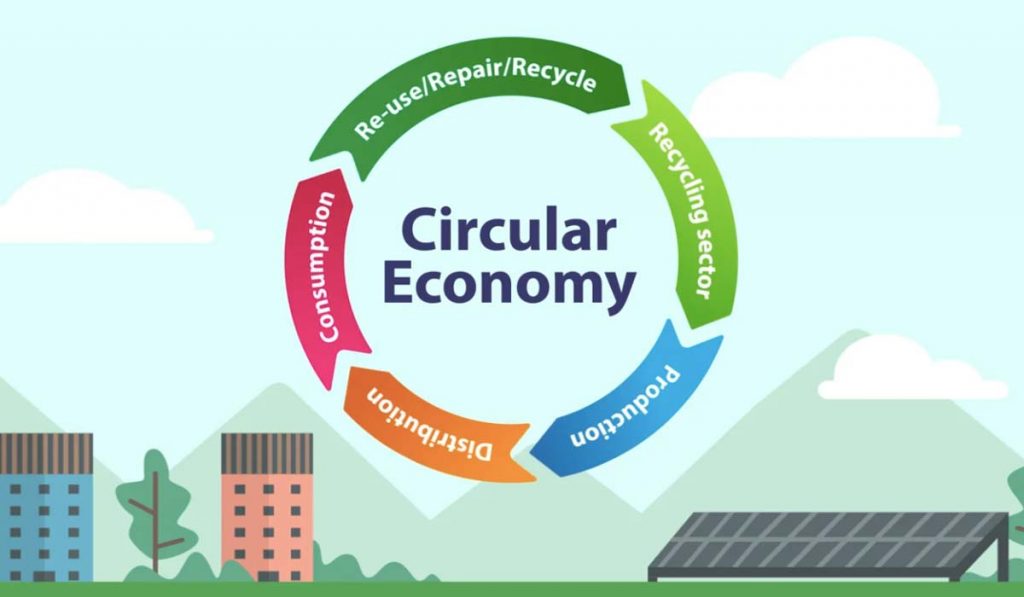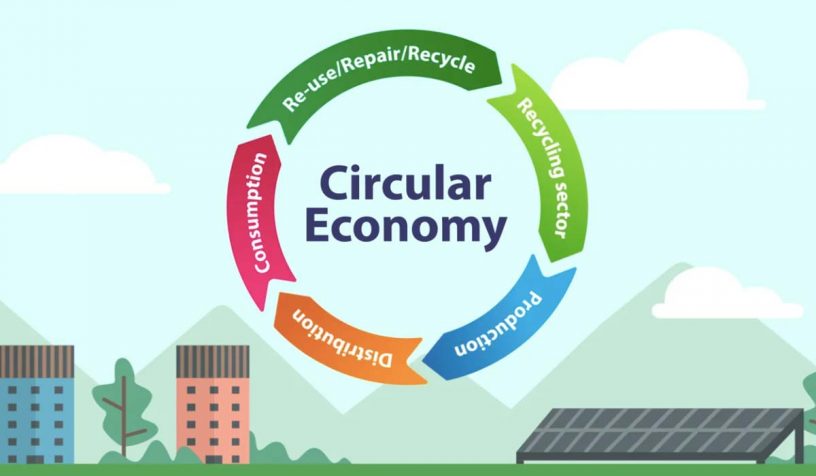
The researchers have applied a knowledge synthesis approach to develop an integrated, multi-dimensional conceptual framework depicting the linkage between circular economy drivers, stakeholders, circular economy practice indicators, and performance measures.
Authors
Sumedha Chauhan, Associate Professor, Jindal Global Business School, O. P. Jindal Global University, Sonipat, Haryana, India.
Sandeep Goyal, LM Thapar School of Management, Thapar Institute of Engineering and Technology, India; The Institute for Competitiveness, India.
Pavitra Mishra, Associate Professor, Jindal Global Business School, O.P. Jindal Global University, Sonipat, Haryana, India.
Summary
This study undertakes an empirical analysis of the circular economy (CE) literature published between 2000 and 2019 and articulates the key research themes on the basis of content analysis and citation mapping of the top-cited CE-related articles. HistCite software was used to perform bibliometric citation meta-analysis on a sample of 2279 articles, obtained from the ISI Web of Science database, having 89,995 global cited references.
Influential journals, articles, yearly trends, institutions, and authors in CE research were identified and presented in this study.
Content analysis and citation mapping of the top-cited 33 articles revealed the following key research themes: 1) CE assessment methods and frameworks, 2) CE concept and sustainability, 3) Inter-disciplinary research in circular context, 4) CE adoption – country, region or firm level, 5) CE recycling, recovery, and reuse, 6) CE and environmental economics, 7) CE and eco-industrial parks, 8) CE and resource life extension, 9) CE and design of circular products and 10) CE rebound.
Subsequently, a knowledge synthesis approach was applied to develop an integrated, multi-dimensional conceptual framework depicting the linkage between CE drivers, stakeholders, CE practice indicators, and performance measures. Finally, future research directions from recent articles were analyzed, and suggestions are made for future CE research themes.
Published in: Journal of Cleaner Production
To read the full article, please click here.


